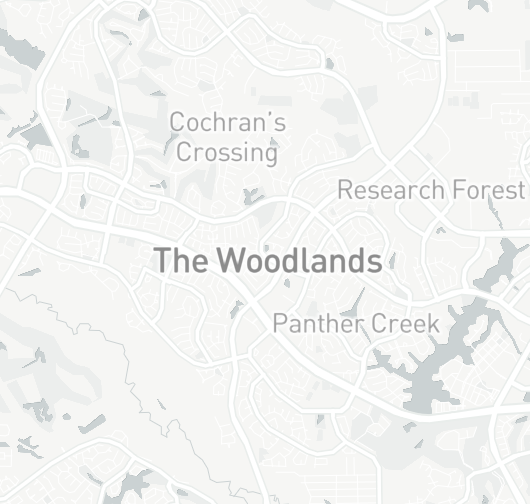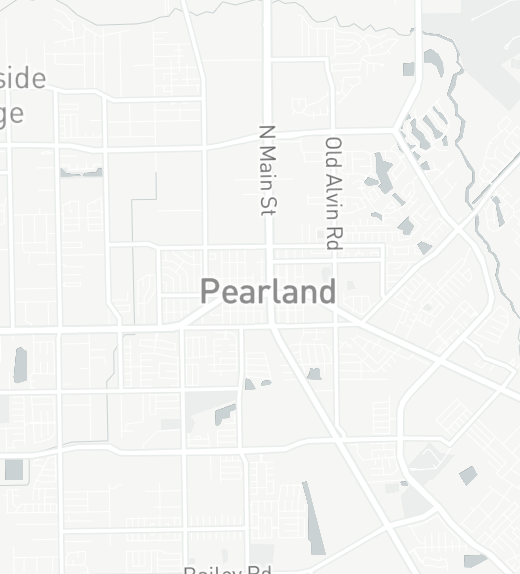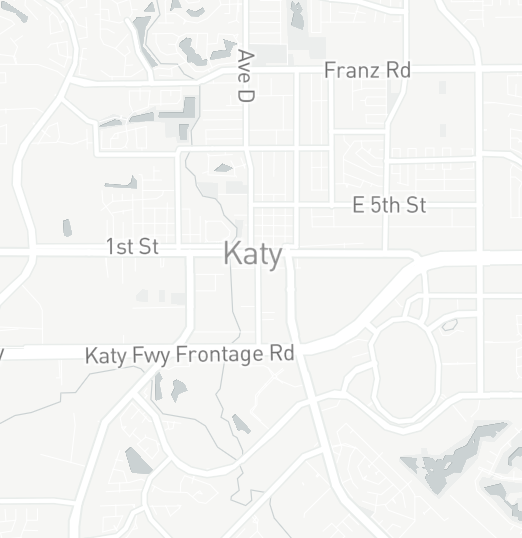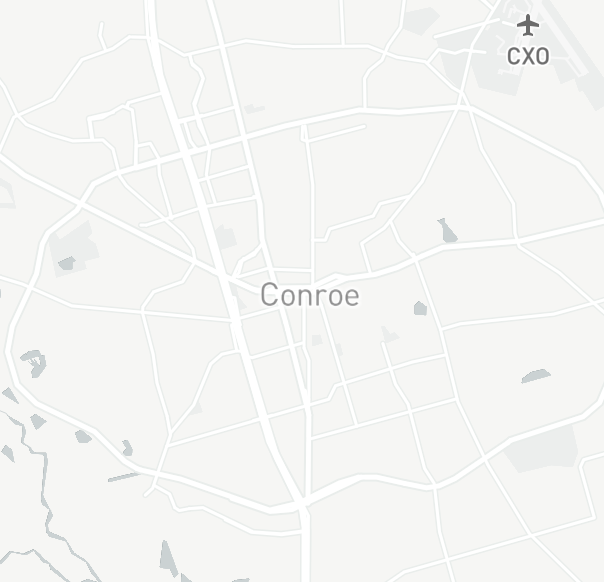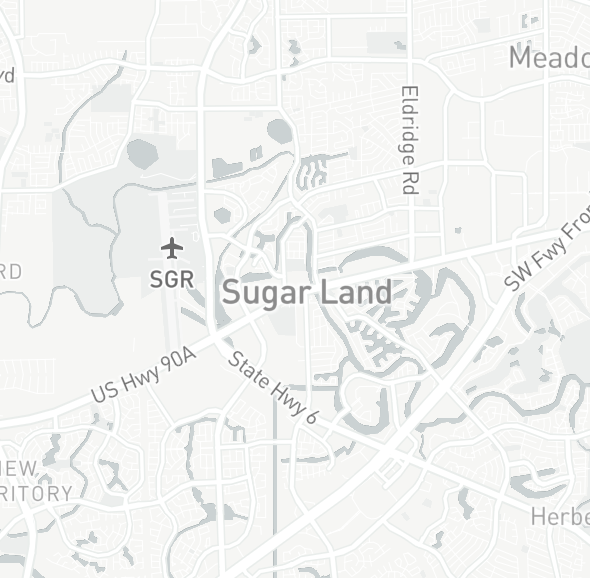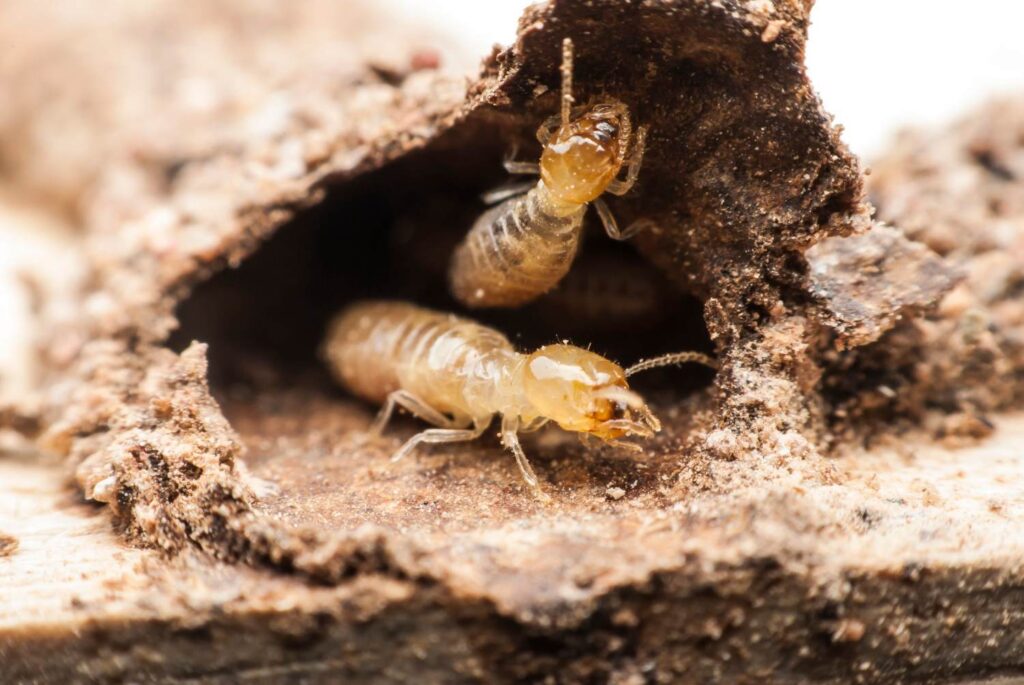Termites are small insects that belong to the order Isoptera. They are known to cause extensive damage to wooden structures and furniture. Understanding the factors that contribute to termite infestations is crucial for effective pest control and prevention.
Hence, today, we will explore the various causes of termite infestations and discuss preventive measures to protect your property.
Termite Colonies and Castes
Termites live in organized colonies and have distinct castes, including workers, soldiers, and reproductive individuals. Each caste performs specific roles within the colony, contributing to the overall functioning and survival of the termite population.
Factors Causing Termite Infestation
Your homes and property can have multiple factors attracting termites such as:
- Moisture and Temperature
Moisture and temperature play vital roles in termite infestations. Termites thrive in environments with high moisture levels as they require water to survive. Leaky pipes, faulty drainage systems, and excessive humidity can create favorable conditions for termites. Additionally, termites are sensitive to temperature changes and prefer environments that provide warmth and humidity.
- Wood and Cellulose
Wood and cellulose-based materials are termites’ favorite foods. They possess specialized enzymes that allow them to break down cellulose into digestible forms. Wood structures, firewood piles, and even paper products can attract termites, making them a common target for infestations.
- Gaps and Voids in Buildings
Structural issues in buildings can provide entry points for termites. Small gaps, cracks, or openings in foundations, walls, or roofs can serve as access routes for termites to enter your property. These vulnerabilities should be identified and sealed to prevent termite infestations.
- Landscaping and Vegetation
Certain landscaping practices and vegetation can attract termites to your property. Trees, shrubs, or bushes planted too close to buildings can create bridges for termites to reach wooden structures. Mulch and other organic materials used in landscaping can also provide food sources and nesting sites for termites.
- Improper Waste Management and Storage
Improper waste management and storage practices can inadvertently attract termites. Accumulated organic waste, such as rotting wood or decaying plant matter, can serve as feeding grounds for termites. It is essential to maintain proper waste management and regularly dispose of organic waste to reduce termite attractants.
Prevention Methods: Protecting Your Property
Preventive measures are crucial in minimizing the risk of termite infestations. By adopting these practices, you can protect your property from potential damage and costly repairs.
- Regular Inspections
Inspections can identify signs of termite activity, such as mud tubes, damaged wood, or discarded wings. Early detection allows for prompt action and effective treatment.
- Moisture Control
Fixing leaky pipes, ensuring proper ventilation, and addressing drainage issues can help eliminate the moisture buildup that termites thrive on.
- Proper Wood Storage and Treatment
Firewood should be stored away from buildings, raised off the ground, and regularly inspected for signs of termite activity.
- Sealing Entry Points
Cracks, gaps, or openings in foundations, walls, windows, and doors should be properly sealed using suitable materials. This helps create a barrier and limits termite intrusion.
In Conclusion
Preventing termite infestations requires a multi-faceted approach. Thus, you need to hire a professional Houston Pest Control agency for the job.
Visit Life After Bugs in Houston, Texas for the most effective pest control services. Get in touch with our experts today for more details.





